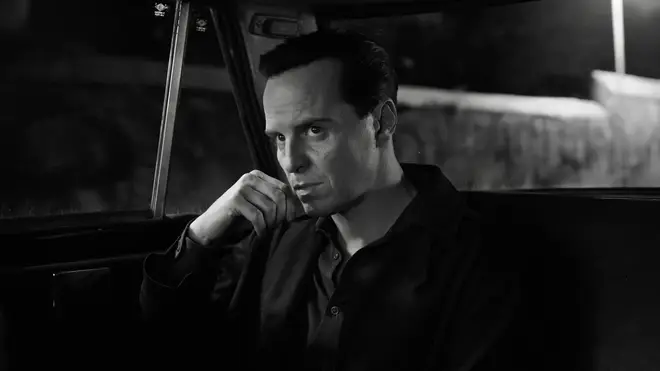On Air Now
Heart's Club Classics with Pandora Christie 7pm - 11pm
5 April 2024, 10:39

Ripley on Netflix has gained a legion of fans, however many have been wondering why the series is filmed in black and white.
Ripley has become a smash hit on Netflix, gaining rave reviews from critics and viewers alike.
Based on the 1955 novel The Talented Mr. Ripley by Patricia Highgrove, Andrew Scott plays the deceptive Tom Ripley who successfully infiltrates the lives of Dickie Greenleaf (Johnny Flynn) and Marge Sherwood (Dakota Fanning).
As the eight-part series continues to attract fans, one important feature of Ripley has been questioned online. The show is shot in black and white, something that is relatively unusual to see in this day and age. This artistic choice has made many question why Ripley isn't in colour.
Why is Ripley in black and white? Here is everything you need to know.

In an interview with Indie Wire, Ripley showrunner Steve Zaillian explained why the series was shot in black and white, stating: "When Patricia [Highsmith] wrote it, if she imagined a movie being made from it back then, it would be in black and white. The cover of that book that I had was in black-and-white, so as I was reading it, it was in my mind to be that way.
"I also felt that this story — the one that she told, the one that I wanted to tell — was quite sinister and quite dark. I just couldn’t imagine that taking place in a beautiful Italian setting with bright blue skies and colorful outfits and things like that."

Shot in Italy, cinematographer Robert Elswit told Vanity Fair of the benefits he and creator Steven Zaillian saw when filming in black and white.
Elswit explained: "We picked a great place to do this. Backlight and water are as old as movies, I think. [Laughs] You’re very lucky to find a location where you can take advantage of it, and we did."
Watch the Ripley trailer here:

Watch the trailer for Ripley
He continued: "You get the ground wet, get a big light up high, far away. And Atrani had really great texture. The cobblestones, the buildings themselves, everything else. That’s what you get in black-and-white—texture.
"That’s just the great example of something that’s been done since the 1920s, and so I’m glad we were able to do it. It’s wonderful. It doesn’t look nearly as interesting, by the way, in color, it just doesn’t."